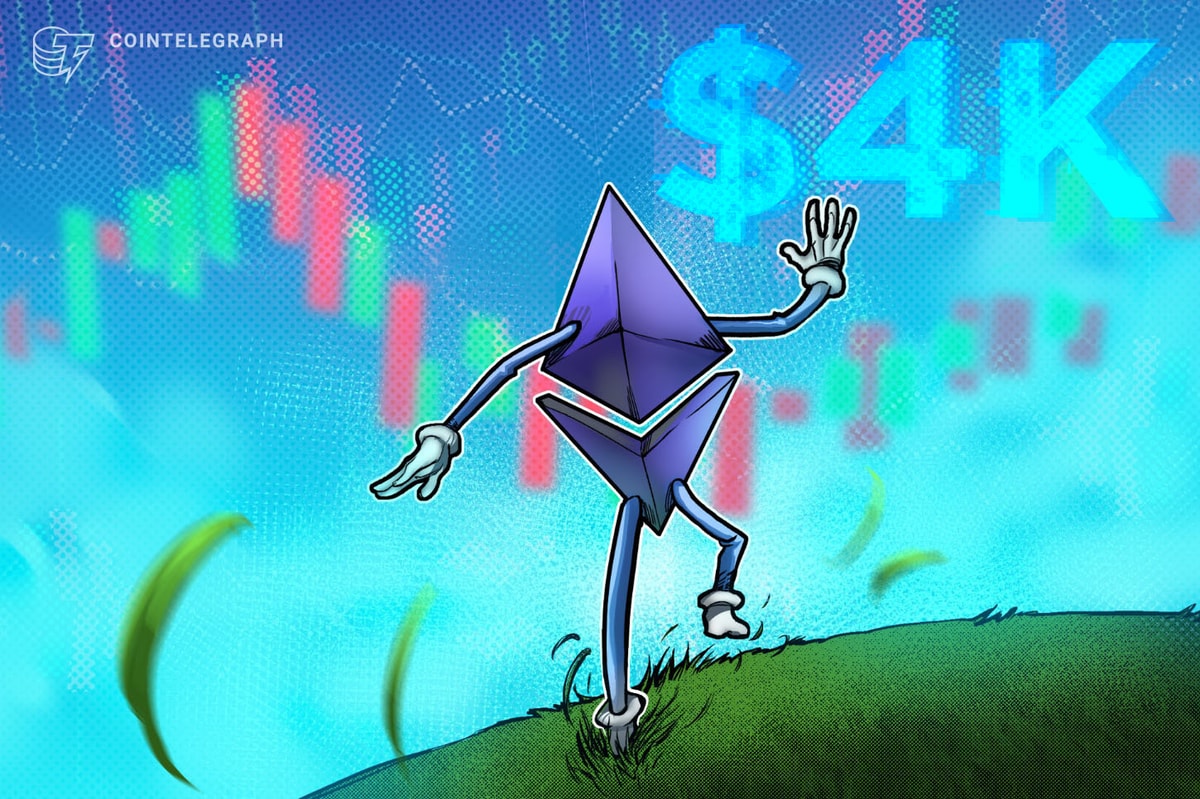The subscription model is in its evolution phase, said Stephanie Brinley, associate director of autointelligence at S&P Global Mobility. “We’re trying to figure out what consumers are willing to pay for, how much they’re willing to, (and) how they want it bundled,” she said.
Despite the initial resistance, automakers haven’t given up yet. Instead, they’re rolling out brand new technology and features in the hopes of enticing drivers to pay for subscriptions.
“They’re pivoting to that new tech,” said Daniel Ross, senior manager of industry insights with Canadian Black Book. “It’s more on what’s new and what they’ve never had before.”
Ross said as newer technology comes out, there will be more opportunities for automakers to release new generations of cars with updated software. And that’s one of the pitches for customers to subscribe, he added.
“If you want that type of technology that’s advanced, that’s the newest age, that’s something you can tell your friends about, this is the way you pay for it,” Ross said.
As technology scales, features could get cheaper
Brinley said automakers are building a road map to help scale this in-car technology and these features to make it more affordable for consumers in the long run—all while keeping personalization at its core.
“Once you have the platform and the service developed, the margin is really high,” Brinley said.
“The fact that it’s connected is not really the element that consumers get excited about,” she said. “It’s what does that connectivity do for you as an owner?”








